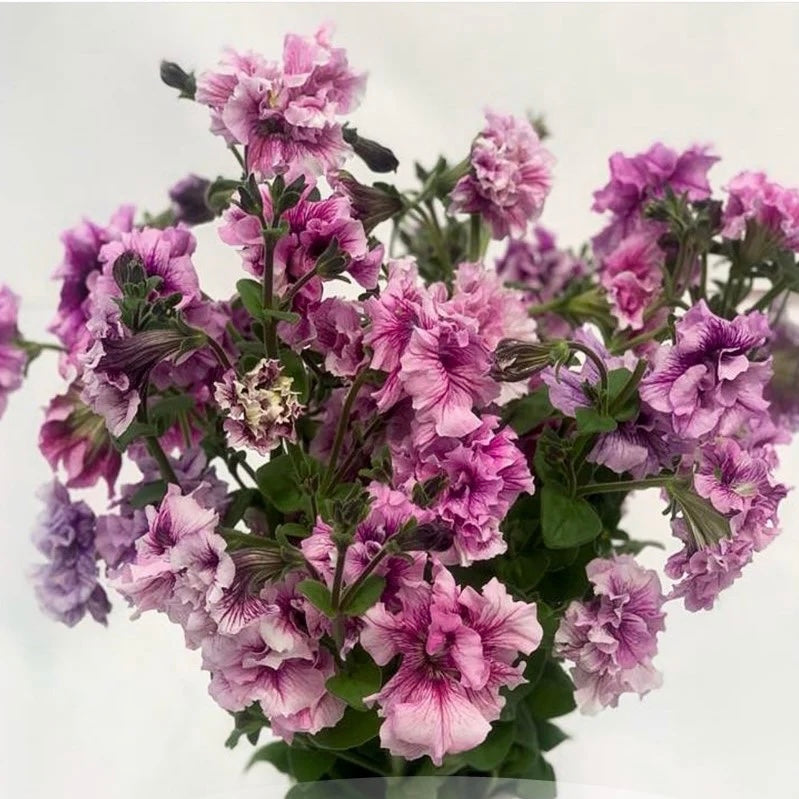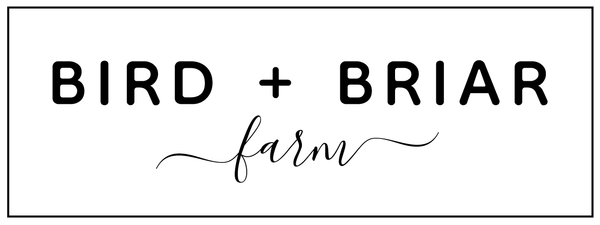Petunia - Double Allegra® 'Orchid Vein’ (tall cutting petunias!)
Petunia - Double Allegra® 'Orchid Vein’ (tall cutting petunias!)
Couldn't load pickup availability
There are petunias and then there are Italian petunias. Bred by Farao Societola Agricola in Sarno, Italy, Double Allegra® petunias are a unique and ground-breaking addition with double flowers and strong cutting stems - the only cut flower petunia on the market globally. If you know, you know and we are thrilled to offer this rare treat! The blooms are frilly doubles supported by strong, thick stems with a long vase life, which makes them an excellent cut flower. ‘Orchid Vein’ is a mix of stunning smokey pink/bright pink and lavender/purple, with darker veining toward the center.
20 pelleted seeds
How to Grow Petunias from Seed
Petunia seed is tiny and very fragile - avoid crushing the seed as this can cause damage. The best way to sow petunia seed is to add a very small amount of dry sand to the packet, carefully shake to mix and then sprinkle the seed/sand mixture over the surface of the soil. Do not cover the seed - petunia seed needs light to germinate. In pelleted form, you can simply place on top of damp seed starting mix and lightly spray with water to dissolve the pellet.
For best results, sow petunia seed from February to late April using moist, but not wet, compost, placing the seed tray in a brightly-lit position, avoiding direct sunlight.
Petunias require a soil temperature between 70F - 80F (20C - 27C) for germination, which should take around 10 to 21 days.
When the seedlings are large enough to handle, transplant them into individual 3 inch pots. Handle by the leaves without touching the stems and grow on in a cool, frost-free, well-lit position, avoiding direct sun light and pinching out the growing tips once the plants have rooted well into their pots.
Finally, pot them on again into 6in pots. Gradually acclimatize to outside conditions before planting out, after all risk of frost has passed. Petunias will thrive in a sunny spot in light well-drained soil, but don't forget to water them in hot and dry weather.
This variety gets 25-35" tall, with thick stems and will need support to grow upright (or can be trained as a climbing plant). Blooms about 70 days from transplant.
Petunias can be over wintered by lifting in the autumn, trimming back to about 6in and then potting up into a well-drained soil. The plants can then be kept in a cool well-lit position until they can be planted out again in the early summer.
Share


